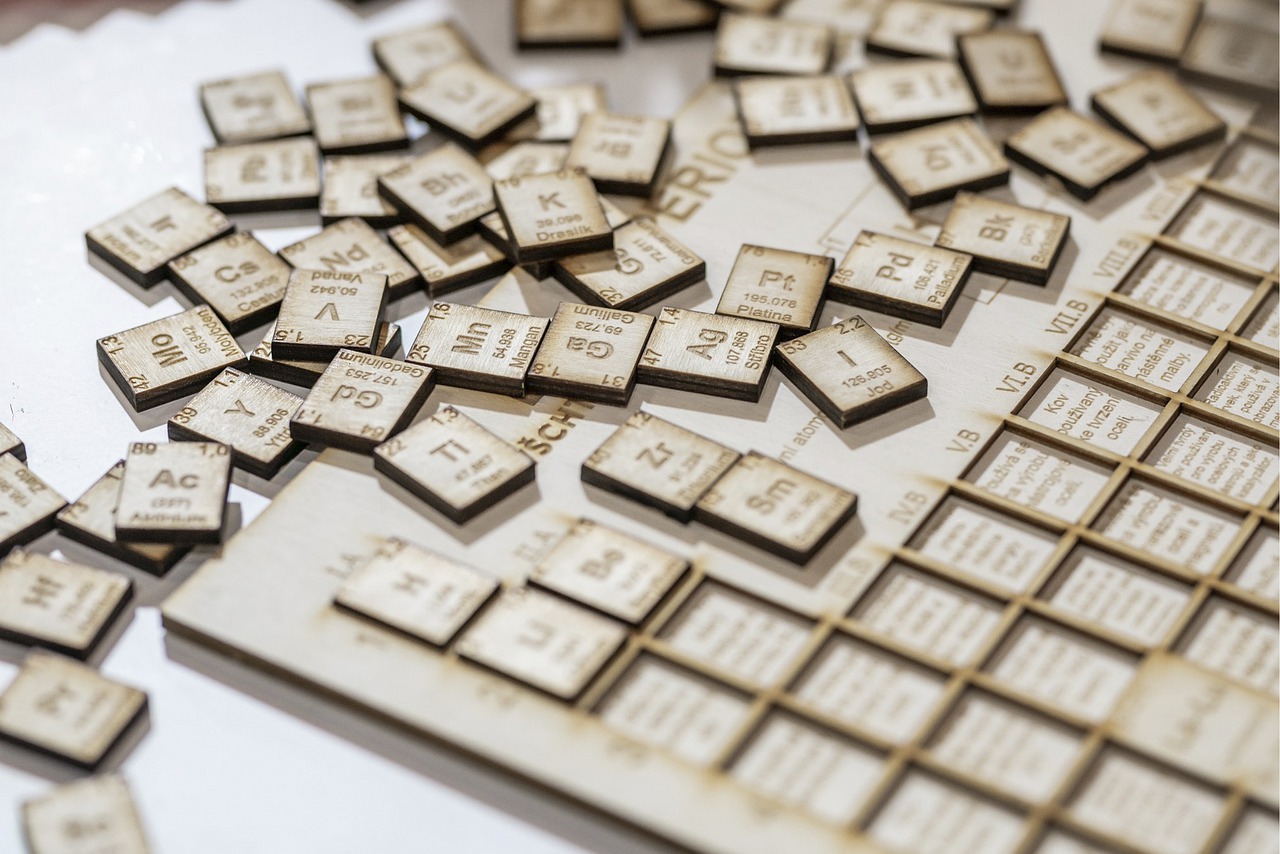Chromium: The Strength Behind Stainless Steel
Chromium is an essential component of all stainless steels, making up a minimum of 10.5% of the alloy's content. Here we look at five key facts about chromium.

- Chromium (Cr) is the 24th element on the periodic table. A transition metal, it is hard and brittle with a lustrous, steel-grey appearance.
- Naturally resistant to corrosion, chromium does not rust. The element reacts with the surrounding air to form a layer of chromium oxide over stainless steel: known as the 'passive layer', this is what helps to protect stainless steel from rusting.
- With a rating of 8.5 on the Moh's hardness scale, chromium is the hardest metal on the planet (easily outclassing titanium, which is rated at a mere 6. Only boron and diamond sit above chromium on this scale, with ratings of 9.5 and 10 respectively.
- Combined with its strength and resistance to corrosion, the attractive lustre of chromium means that it is highly prized for use in applications where attractive aesthetics are of high priority. This iconic lustrous appearance is due to the fact that chromium reflects around 70% of visible light (in addition, the metal reflects nearly 90% of infrared light).
- Though it is a material associated with the modern age, chromium was in fact discovered in the late 1700s. Louis Nicolas Vauquelin, a French chemist, was the first to isolate chromium, which he achieved by baking samples of crocoite (the mineral lead chromate).
To learn more about how the 'passive layer' of chromium helps to make stainless steel one of the most widely-used construction materials on Earth, check out our recent blog edition. Want to receive more articles like this? Please subscribe to the regular, feature-packed BS Stainless newsletter.
Posted in Case studies on